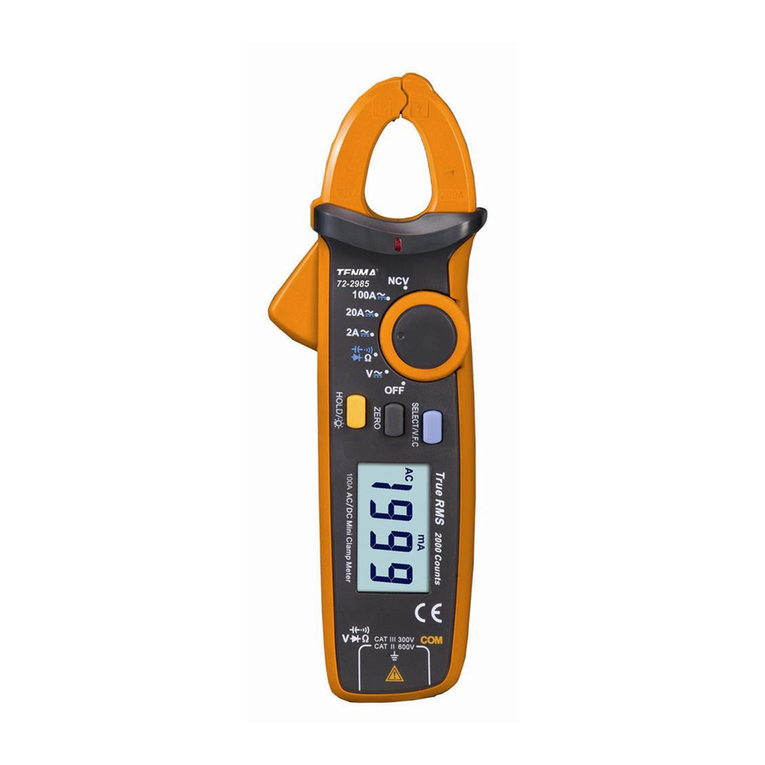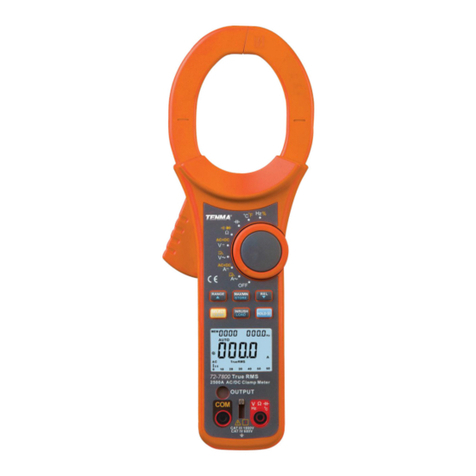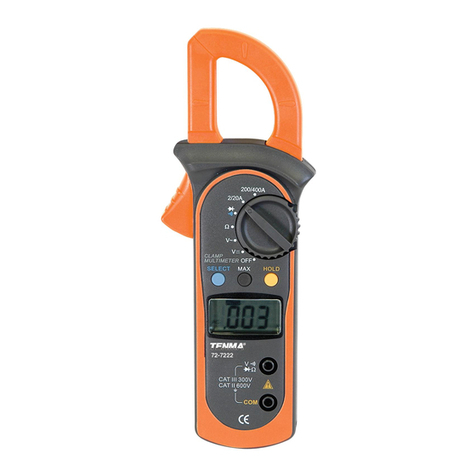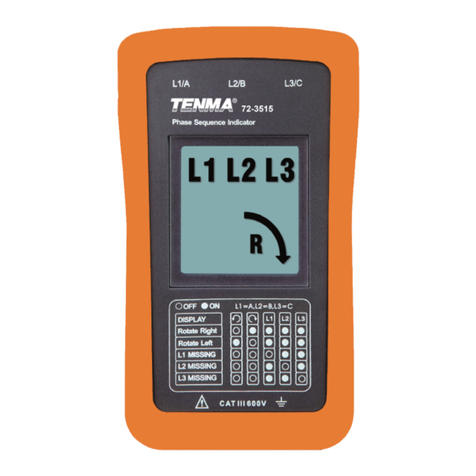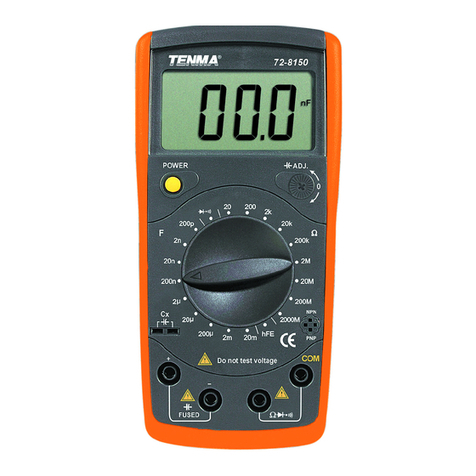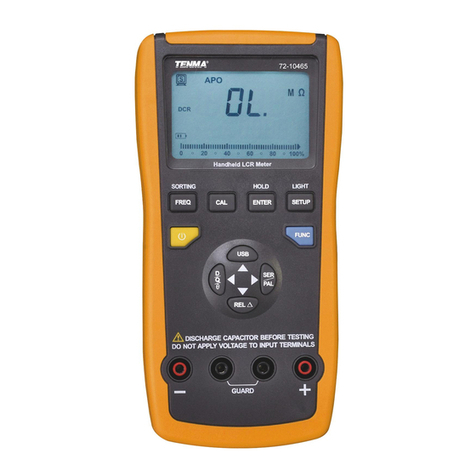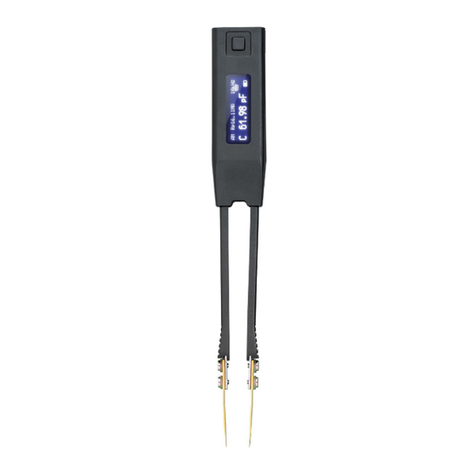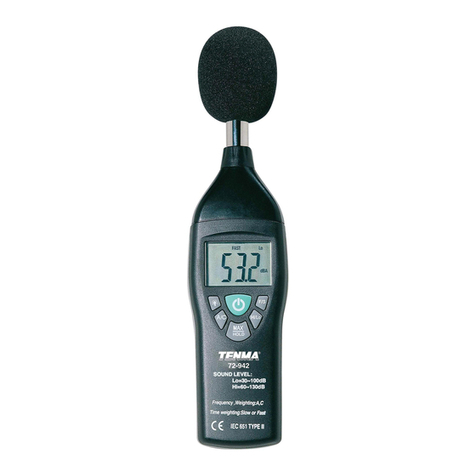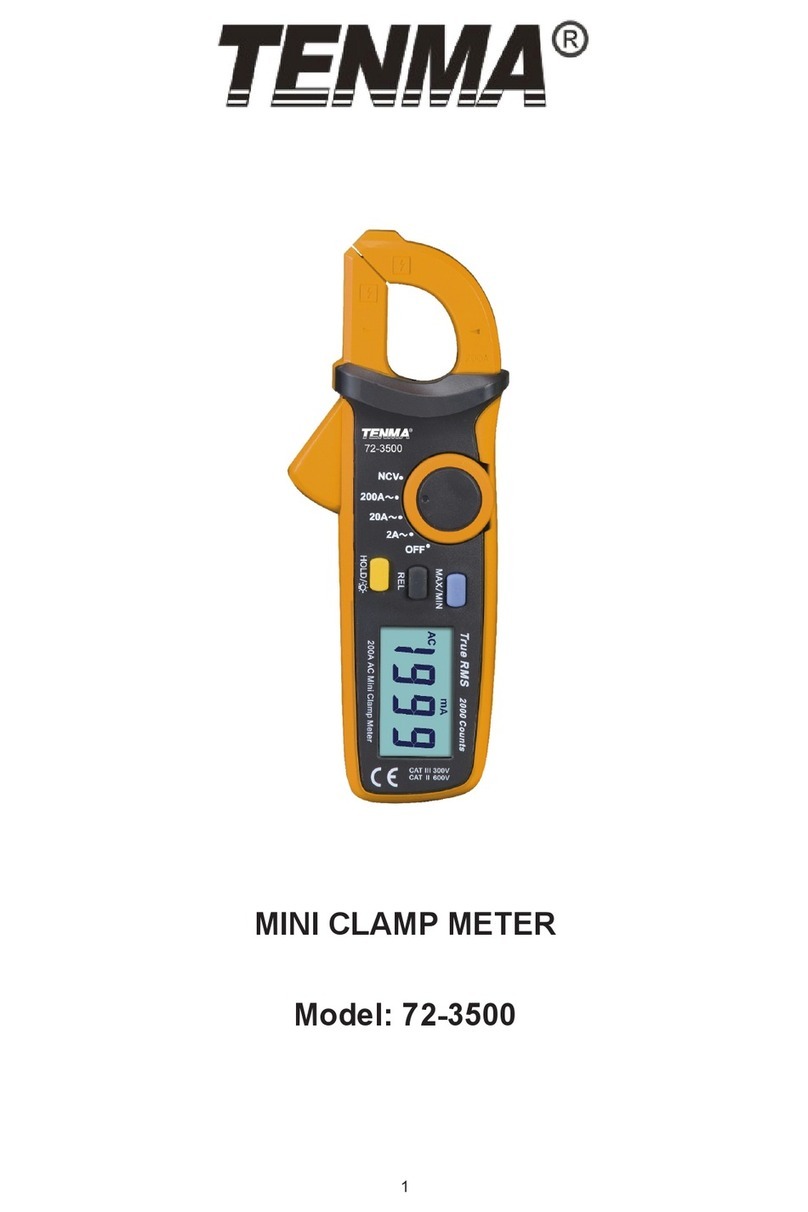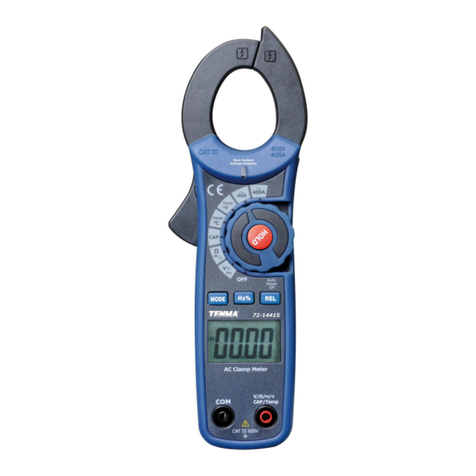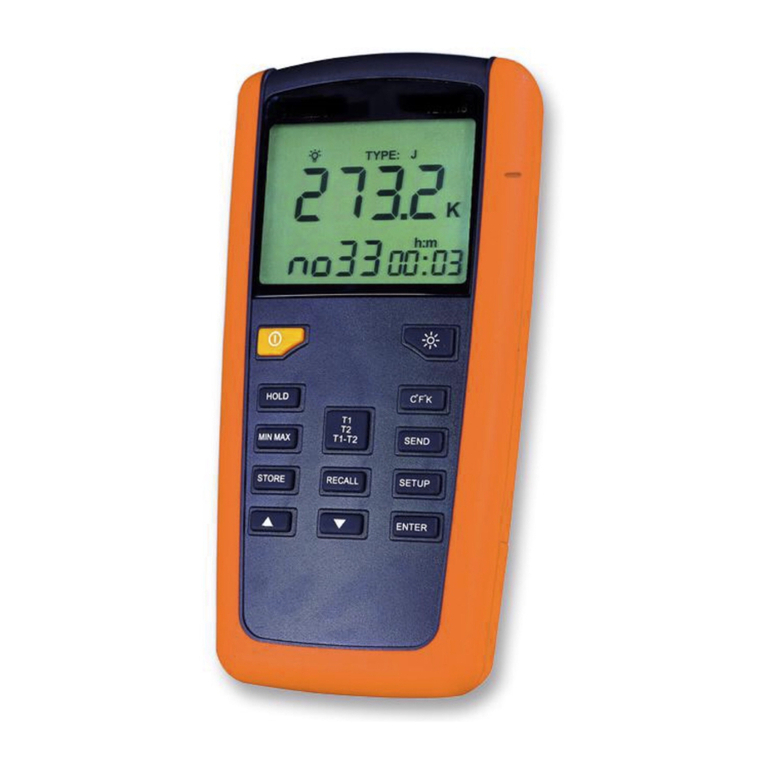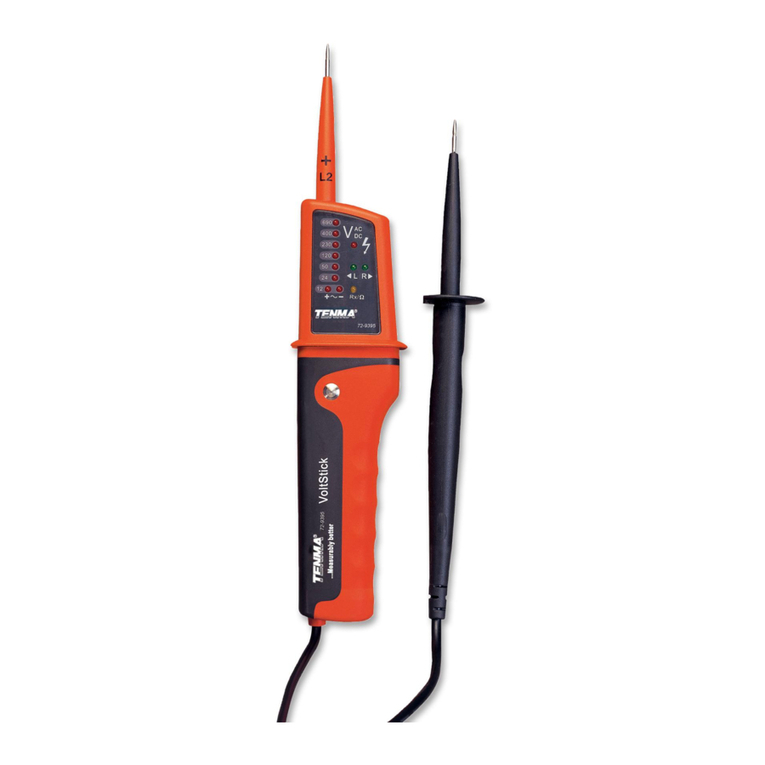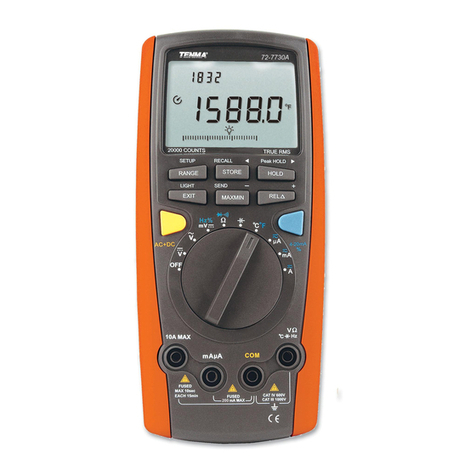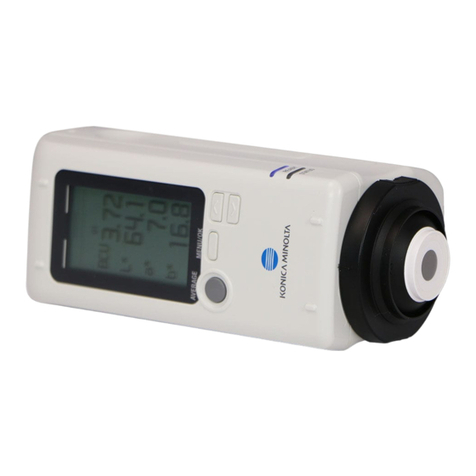Contents
Safety ................................................................................................... 1
Introduction........................................................................................... 3
Impedance theory................................................................................. 4
Impedance ................................................................................ 4
Measuring impedance ............................................................... 7
Parasitic .................................................................................... 7
Real, effective, and indicated values ......................................... 8
Component dependency factors ..............................................10
Measurement methods.............................................................16
Getting Started.....................................................................................17
Front Panel Illustration .............................................................17
Rear Panel Illustration ..............................................................18
LCD Display Illustration ............................................................19
Measurement Preceedure ...................................................................21
Inductance Measurement.........................................................22
Capacitance Measurement......................................................23
Resistance Measurement.........................................................24
Operating Instructions..........................................................................25
Data Hold .................................................................................25
Static Recording™....................................................................25
Dissipation Factor / Quality Factor/ Phase Angle .....................26
Test Frequency.........................................................................26
L/C/R Function Selector ...........................................................26
Relative Mode ..........................................................................26
Tolerance Mode........................................................................27
Auto / Manual Range................................................................28
Automatic Fuse Detection ........................................................28
Parallel / Series Mode ..............................................................29
Short/ Open Calibration............................................................31
Communication ........................................................................32
General Specifications.........................................................................33
Electrical Specifications .......................................................................34
Resistance (Parallel mode) ......................................................34
Capacitance (Parallel mode) ....................................................35
Inductance (Series mode)......................................................37
ii
